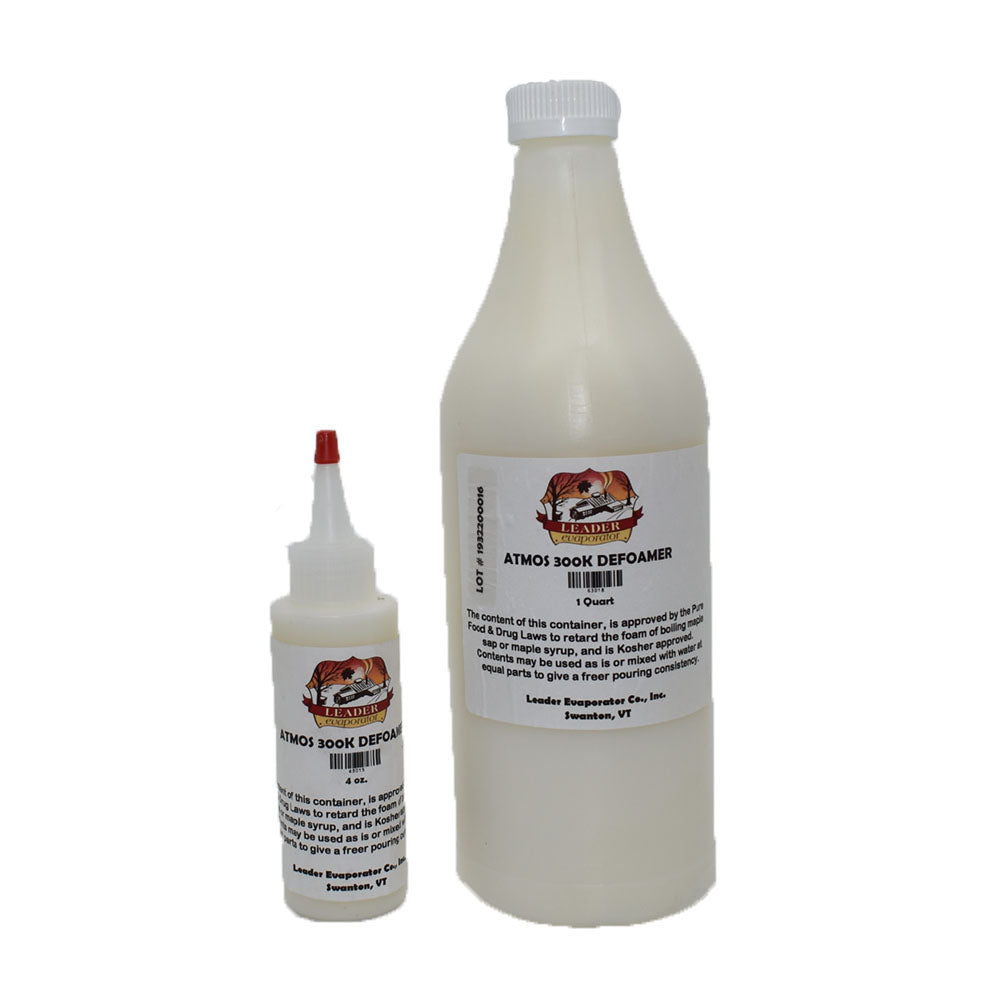The Duty of Defoamers in Enhancing Item Top Quality and Efficiency
In various producing processes, the visibility of foam can considerably prevent product top quality and functional effectiveness. Defoamers function as crucial ingredients that mitigate this problem, making certain smoother manufacturing workflows while enhancing the visual and practical features of the last products (defoamers). Their application extends a wide variety of sectors, from food and beverage to pharmaceuticals, where uniformity and reliability are vital. However, the selection of the ideal defoamer can be critical to achieving ideal results, elevating crucial concerns regarding formulation compatibility and performance metrics that warrant further expedition.
Recognizing Defoamers
Understanding the function of defoamers is necessary for keeping product high quality across various markets. Defoamers are chemical ingredients developed to prevent the development and lower of foam in liquid systems, which can adversely affect procedures such as blending, filling, and surface stress. Foaming can cause inefficiencies, item flaws, and endangered aesthetic appeal, making defoamers a crucial part in making operations.
In commercial applications, defoamers assist to improve item consistency and stability. The reliable usage of defoamers not just guarantees smoother manufacturing processes yet likewise contributes to superior item efficiency.
Furthermore, the option and formulation of a defoamer should align with specific application needs, such as compatibility with other active ingredients, efficiency under varying temperature and pH problems, and possible regulative restraints. Inevitably, understanding defoamers' functions and their relevance in various formulas is critical for maximizing manufacturing and ensuring the best end items.
Kinds Of Defoamers
Defoamers can be classified right into a number of kinds based on their structure and mechanism of activity. The key kinds consist of silicone-based, non-silicone natural, and inorganic defoamers.
Silicone-based defoamers are amongst one of the most reliable, mainly because of their ability to spread rapidly on the liquid surface and disrupt foam formation. Their one-of-a-kind chemical structure permits premium security, making them suitable for high-temperature applications and settings with varying pH levels.
Non-silicone organic defoamers, commonly made up of fatty acids or all-natural oils, are valued for their biodegradability and reduced toxicity. These are typically made use of in food and beverage applications where safety and security and ecological influence are extremely important.
Not natural defoamers, which consist of compounds like talc or calcium carbonate, act by increasing the thickness of the liquid, thereby lowering foam stability. They are typically made use of in commercial processes where compatibility with various other products is not a problem.
Each kind of defoamer has unique benefits and constraints, permitting customized options depending upon the particular foaming problems run into in various applications. Understanding these differences is important for maximizing efficiency and accomplishing wanted product quality.
Applications Throughout Industries
Various markets utilize defoamers to improve item high quality and functional performance. In the food and drink field, defoamers are important in procedures such as brewing Discover More Here and dairy manufacturing to avoid foam development, which can lead to inefficiencies and item disparity. By controlling foam, suppliers can make certain much better yield and a more consistent product.
In the pharmaceutical sector, defoamers play a official source crucial role in the formulation of liquid drugs, where extreme foam can hamper mixing and accurate dosing. Their usage assists maintain the integrity of the formulas and assists in smoother production processes.
The paint and layers market likewise counts on defoamers to boost the efficiency of products throughout application. By reducing foam, these additives make certain a smoother surface and boost the visual high qualities of the last product.

Benefits of Utilizing Defoamers
While the application of defoamers varies throughout sectors, their advantages constantly improve item quality and procedure effectiveness. One significant advantage is the reduction of foam formation throughout producing procedures, which can otherwise bring about production hold-ups and incongruities in product high quality. By lessening foam, defoamers make it possible for a smoother flow of products, helping with much more efficient operations and minimizing the probability of tools malfunctions.
Additionally, the use of defoamers can enhance the look and appearance of final products. In sectors such as layers, paints, and food processing, too much foam can compromise the aesthetic aesthetic appeals and total quality, while the ideal defoamer application guarantees an uniform coating and preferable attributes. Moreover, defoamers can contribute to cost savings by lowering waste during manufacturing and maximizing making use of resources (defoamers).

Selecting the Right Defoamer
Picking the best defoamer is important for optimizing manufacturing processes and making sure item high quality. The selection of defoamer influences not only the performance of foam control but likewise the general efficiency features of the final item. Factors to consider include the sort of application, the chemistry of the solution, and the ecological conditions under which the product will certainly be utilized.
Various markets might require particular defoamer types, such as silicone-based, organic, or polymeric defoamers. Understanding the compatibility of the defoamer with the main components is crucial to avoid negative reactions that could jeopardize item honesty. In addition, the defoamer's performance in various temperature levels and pH degrees have to be reviewed to ensure constant performance.
Examining the defoamer in small applications can give useful understandings right into its efficiency and suitability. Factor to consider of governing compliance, especially in food, pharmaceuticals, and cosmetics, is critical in selecting a defoamer. Inevitably, a detailed assessment of these factors will lead to the option of a defoamer that not just controls foam successfully however additionally improves the quality and performance of the end product.
Verdict

In conclusion, defoamers are essential ingredients that dramatically improve item quality and efficiency across various industries. The calculated selection and application of defoamers lead to cost financial savings, enhanced resource use, and boosted customer satisfaction.
Foaming can lead to inefficiencies, item flaws, and endangered aesthetic appeal, making defoamers a crucial element in manufacturing operations.
